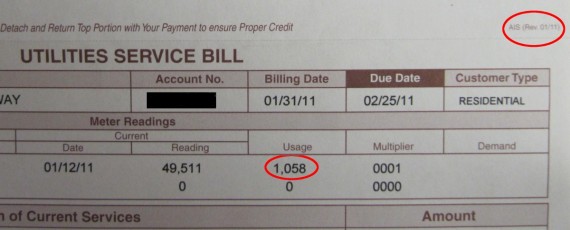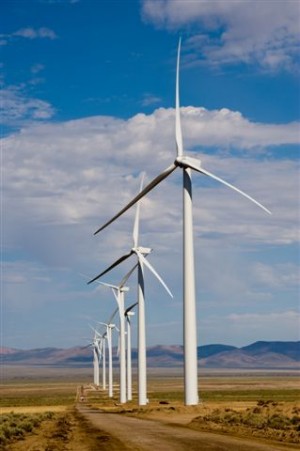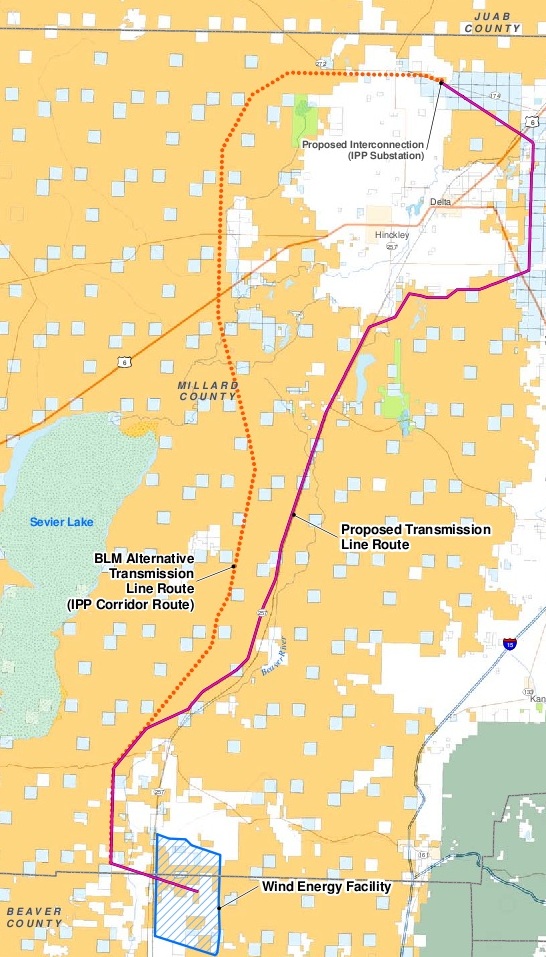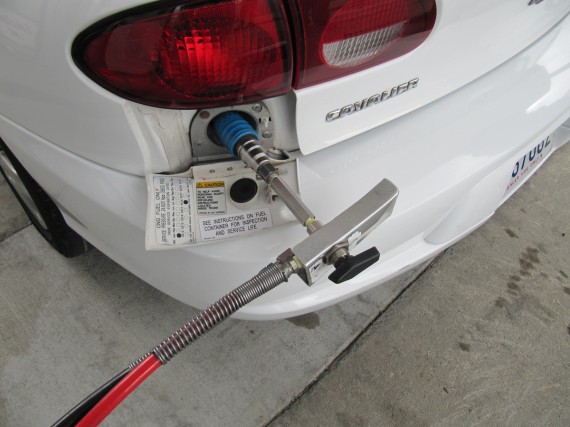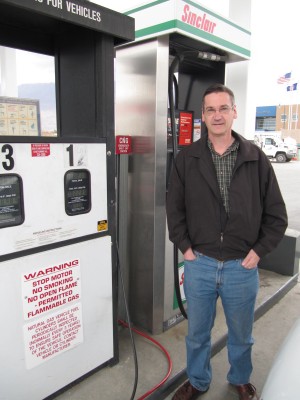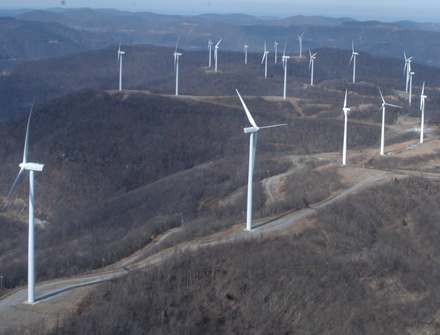My guest writer is Robert Lobitz of Performance Chips Direct.
There is nothing more fun than taking a leisurely drive and enjoying the exploration and excitement that comes with a new location.  The trouble is, increasing costs have limited not just what people want to do, but also what they are actually able to do.
The trouble is, increasing costs have limited not just what people want to do, but also what they are actually able to do.
In today’s economy it is ever more important that we conserve on fuel and try to do things that will help to raise our gas mileage. There are several things that can be done that can save you money on gas. Some are simple changes in behavior, and others require more complex things such as installing a Honda performance chip.
Without any cost, one simple way to help add some miles per gallon is to use your brakes properly. Some people may not know that a vehicle consumes the majority of its gas while it is accelerating. Once you are moving it really doesn’t require much to keep going if you are using your gas right, but many drivers seem to need to constantly use their brakes, particularly in traffic. As a simple rule of thumb, try and keep your ride as smooth as possible, limiting both your acceleration and your braking to what is necessary and don’t get worked up by other drivers.
Another good idea is to not run your air conditioner unless you need to. Your air compressor adds to the load the motor in your car is pushing and as a consequence you need to burn more gas. If it’s a hot summer day, and it’s not too much of a burden, try simply rolling down your window.
Whenever possible, use your cruise control when you can. Unnecessary braking and acceleration lower the fuel efficiency of your car.
Try and limit your weight. It is a simple law of physics that the more weight you have the more energy you need to move your car. Don’t keep your vehicle full of items and remember it is not meant to serve as your storage. Your car is for your transportation and it needs to be attended to regularly. If at all possible, try and set aside a time once a week where you can clean out your car and do a little maintenance. It really only takes a few minutes to unload and check the fluids and tires. Low tires can add to resistance and also lower your miles per gallon.
There are some technological things that you can do as well to save money over the long run. There are smart phone apps that can be downloaded for free that can tell you where the nearest and cheapest gas station is located. Then there are performance chips which can enhance the ability of your vehicle. Tuning chips alter the function of things like timing to work your engine in such a way that is optimal for fuel efficiency.
Finally, and probably the most obvious, just try to drive slower. This may not be the simplest thing to do, but it has been proven that the faster a vehicle goes the more drag it experiences and as a consequence it loses efficiency. The faster a car is going the more this is true and you may not see a notable effect changing your speed from 65 mph to 60 mph, but if nothing else you will at least be a little safer.

